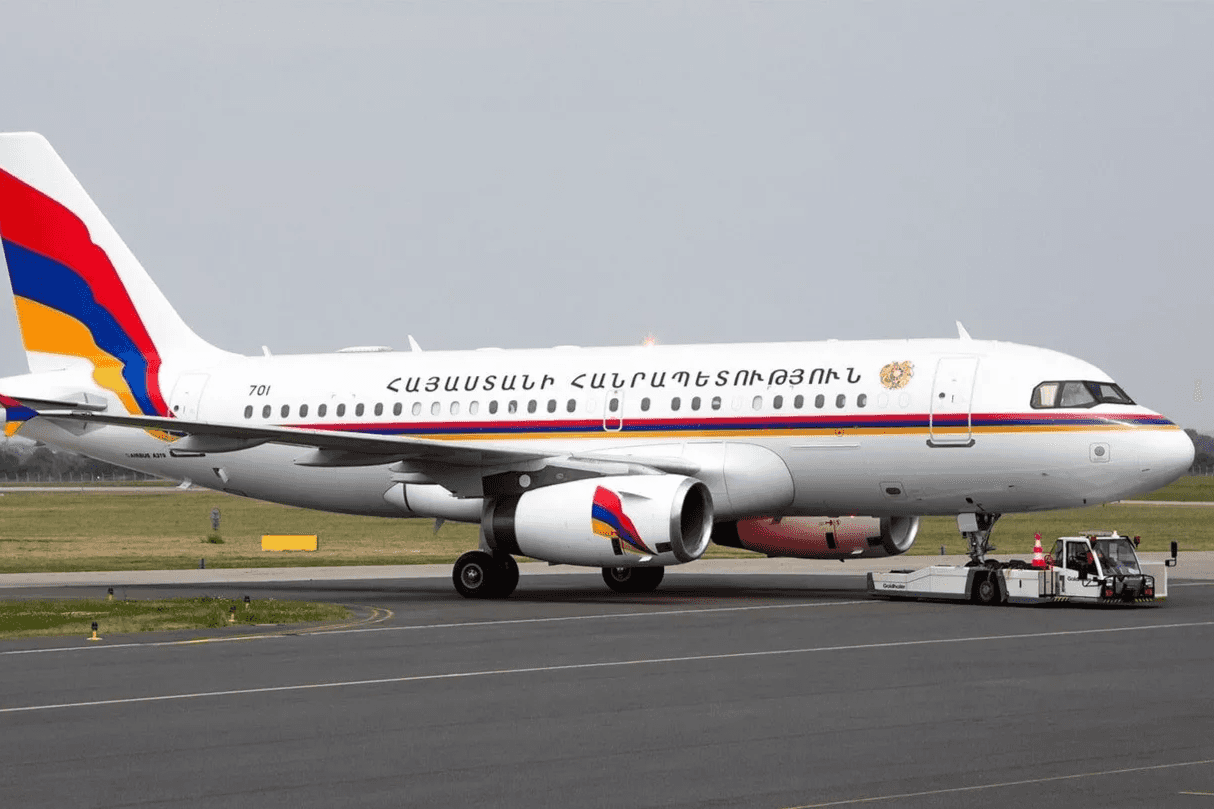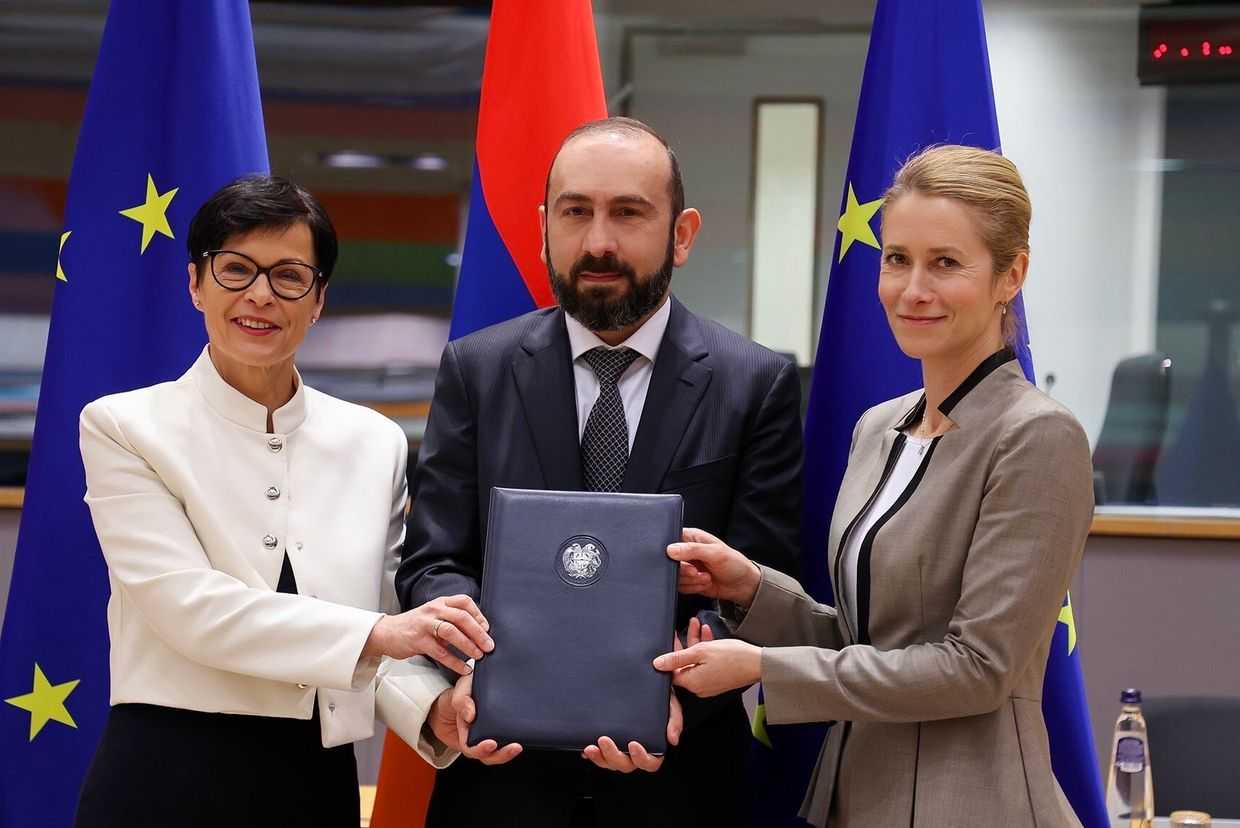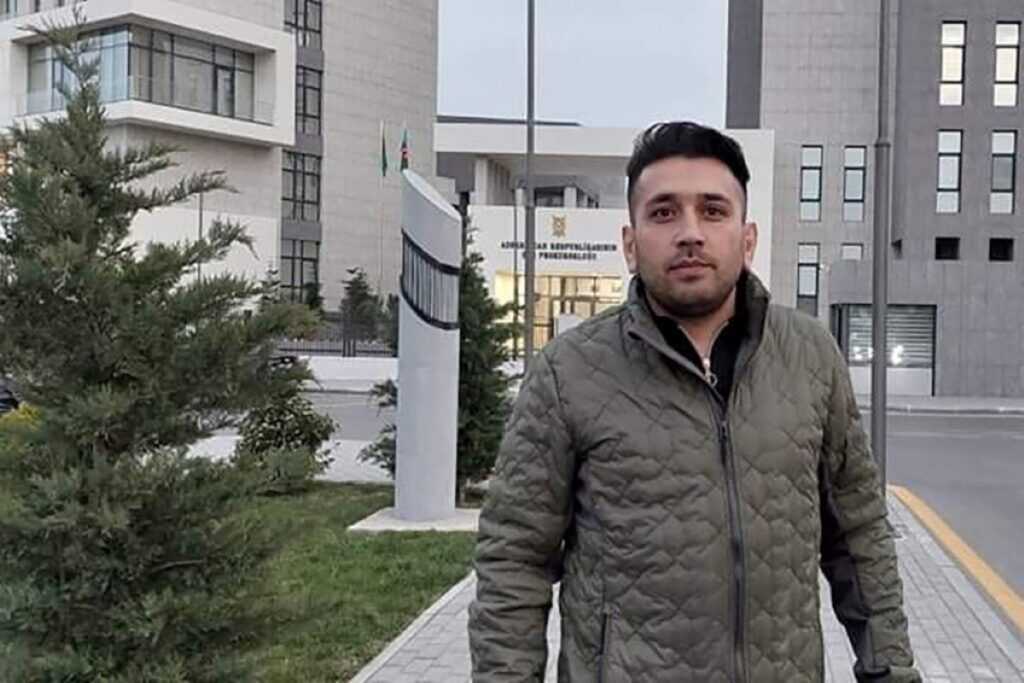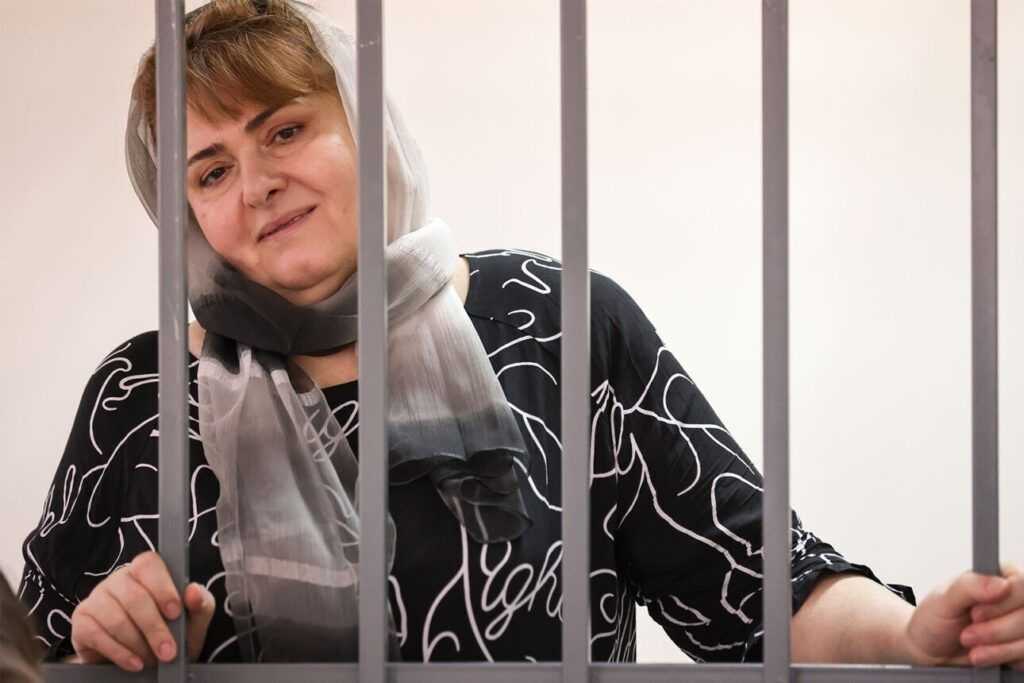
Official investigations have so far failed to reveal the true causes of many Armenian soldiers’ non-combat deaths.
Around midnight on 15 March 2010, 18-year-old Valerik Muradyan was found hanging by a rope from a metal pole inside the officers’ quarters of his military unit. Drafted just months earlier, Valerik had been serving in Nagorno-Karabakh’s army.
The next day, in Hoktemberyan, a small town about 47 kilometres west of Yerevan, relatives gathered to break the news to his mother, Nana.
‘I couldn’t understand what was happening. When my husband entered the house, he fell to the ground and screamed, but the words didn’t make sense to me’, Nana Muradyan recalls.
Officially, Valerik’s death was ruled a suicide, allegedly following a quarrel over ֏2,000–֏3,000 ($5–$7). However, 15 years after his death, the investigation is still pending.

Nana Muradyan has never accepted the official story. She insists that Valerik’s comrades killed him and staged the scene to make it look like suicide.
‘My son would never commit suicide. And based on their version of events, he killed himself over ֏2,000 — do you understand how absurd that is?’ she tells OC Media.
Nana also highlights the visible injuries on her son’s body — a bruise on his left arm and an abrasion on his right wrist. Forensic experts, however, concluded that these injuries were not connected to his death, having been inflicted while he was still alive.
‘After burying my child, I kept thinking: What should I do now? Where do I go? How can I file a complaint?’, she says.
‘I will not rest until those who killed my child are held accountable’.
It was only in May 2025 that investigators charged a fellow soldier, Avetik Khachatryan, with violence that allegedly humiliated Valerik Muradyan and may have driven him to suicide.
Khachatryan had also committed acts of violence against another soldier the day before Valerik died. He pleaded guilty in 2011 and was sentenced to four months and 20 days imprisonment, but was immediately released from the courtroom due to the time accrued in pre-trial detention, according to Armenia’s DataLex judicial system.
A toxic and criminal subculture
Valerik Muradyan’s case is not the only suspicious death tied to the same military unit. In early 2020, another young man was found dead with a gunshot wound. Several soldiers were later charged, including the son of Arakel Movsisyan, a lawmaker from Armenia’s formerly ruling Republican Party.
Each year, dozens of Armenian soldiers die in peacetime. In 2024 alone, 40 deaths were recorded — only four of them occurred during clashes with Azerbaijani forces. From 2020 to 2024, 289 soldiers died while on non-combat duty, according to the local human rights group, the Helsinki Citizens’ Assembly–Vanadzor. Since the start of 2025, there have already been five such cases, based on Defence Ministry-issued press releases. Indeed, in late 2023, the Council of Europe’s Committee of Ministers urged Armenian authorities to complete their investigations into non-combat deaths by 2025.
‘When we look at the overall pattern of combat and non-combat deaths, it’s clear that 70%–80% happen in non-combat conditions — a deeply concerning figure for a small country like Armenia’, Nazeli Movsesyan, a human rights defender at the Helsinki Citizens’ Assembly-Vanadzor, tells OC Media.
Human rights activists have repeatedly raised concerns that a toxic and criminal subculture within the military is fueling high rates of murder and suicide among soldiers.
‘The persistent pattern of non-combat deaths is the first clear sign that something is wrong within the armed forces — that soldiers’ rights are not being protected’, Movsesyan says.
She notes that the conflict with Azerbaijan, non-combat deaths, and constant reports of ceasefire violations have also played a role in the rising number of those seeking to avoid military service. Official data from the past five years shows that 9,000 Armenian men have renounced their citizenship to avoid compulsory conscription.
In May, the government even approved a bill that would allow young men to shorten their military service by paying a fee. Critics, including Armenian Human Rights Defender Anahit Manasyan, warned that it would deepen ‘class division’ and fuel further corruption. The ruling party, meanwhile, argued that it was a step towards building a fully professional army.

Despite the government push, the bill was rejected by parliament in mid-June.
‘There was no motive for suicide’
Every Thursday, Armen Mkrtchyan joins Nana Muradyan and other parents in front of the government building in downtown Yerevan, where they hold photos of their deceased sons for ministers to see as they arrive for weekly cabinet meetings. The families say they have been left alone to fight against a broken judicial system in search of the truth behind their sons’ deaths.
In 2017, Armen Mkrtchyan’s son, Andranik, died under suspicious circumstances at a military unit in the village of Agarak, southern Armenia. The 26-year-old captain was found in his office, having allegedly shot himself in the jaw. The investigation has yet to determine what might have driven him to take his own life. However, Andranik’s family is certain he had no reason to do so.
‘All the soldiers and officers loved and respected him. He had no issues with either the officer corps or the soldiers’, his father tells OC Media.

Arayik Papikyan, a lawyer handling several non-combat death cases, described Andranik’s case as ‘weird’, adding that no one knows the motive behind the alleged suicide to this day.
‘In Andranik’s case, there was no motive for suicide, and the most terrible thing is that the case investigator assessed it without finding out the motive’, Papikyan emphasises.
On 22 May, as the families stood once again outside the government building, only former National Security Service Director Armen Abazyan stopped briefly to speak with them.

The families are still expecting a meeting with Prosecutor General Anna Vardapetyan. But she has refused to meet with victims’ families, claiming it could compromise the department’s impartiality.
When Prime Minister Nikol Pashinyan came to power in 2018, he proposed creating a joint investigative group to reexamine some non-combat deaths. Vardapetyan, who was Pashinyan’s legal adviser at the time, was also part of that group.
Many parents, who had known Pashinyan since his time as editor-in-chief of the local media outlet Armenian Times, had high hopes that their cases would finally be uncovered.
Notably, as an opposition lawmaker, Pashinyan had declared that those responsible for non-combat deaths must be held accountable and that these would no longer be just ‘news headlines’.
Yet earlier this year — when marking the 33rd anniversary of Armenian Army Day — Pashinyan stated: ‘There is not a single problem in the army today, not a single flaw that was not born outside the army […] there is no problem that the army owns, that we can say the army created this problem. There is no such problem’.
‘This state destroyed my family’
In 2021, as a result of the investigative group’s work, Vardapetyan announced that a nearly 140-page report indicated several violations and concluded that the investigations into non-combat deaths had been mishandled for years.
Last year in parliament, Vardapetyan also claimed that in the case of Tigran Ohanjanyan — who, according to the official version of events, was electrocuted after accidentally making contact with a radio antenna mast on the way to a backup checkpoint with a nearby military unit and died instantly in 2007 — all real evidence had been destroyed during the investigation.
‘One of the instructions from the Prosecutor’s Office was to identify those whose actions — whether malicious or negligent — led to the destruction of evidence, and to pursue criminal liability’, she told lawmakers at the time.

Ohanjanyan had spent most of his childhood in Russia, returning to Armenia to complete his mandatory military service. His mother, Gohar Sargsyan, is certain her son was not electrocuted, but murdered.
Nearly ten years after Ohanjanyan’s death, his father suffered a fatal heart attack. On the very same day, the family received another letter informing them that the investigation had once again been suspended — it was only later reopened after Sargasyan appealed.
Eighteen years have passed since her son’s death, and Sargsyan still has no idea what the real reason was. Rumours reached her that there had been fights in Ohanjanyan’s military unit, but as fellow soldiers remained tight-lipped, she didn’t learn much.
‘This state destroyed my family. It was the 10th anniversary of my son’s death when my husband had a stroke. They suspended the case three times — we appealed, and the courts reopened it again’, Sargsyan says, breaking down in tears.
Photos of her son, always carried in Sargsyan’s bag, show his body covered in numerous injuries. Whenever she meets with officials, she shows them these pictures.

In 2008, Sargsyan filed a complaint with the Prosecutor’s Office and submitted those same photos, which relatives had taken before the autopsy. However, none of the injuries were recorded by the official medical experts.
Moreover, just days before his death, Ohanjanyan’s brother had visited him. He noticed Ohanjanyan’s eyes were red and bloodshot, and that he appeared to be injured.
In 2023, the European Court of Human Rights ruled that Armenia had failed to protect Ohanjanyan’s right to life and failed to conduct an effective investigation. A similar ruling had come just a year earlier, in the case of Valerik Muradyan.

‘The state did not pursue the case. No official was held accountable — no investigator, no prosecutor, no military police officer, no military unit commander, no one. But the case file makes clear who mishandled the investigation’, Papikyan says.
‘The government does not care about the life of any soldier. If they were interested, they would push to reveal at least one case’, Gohar Sargsyan concludes.
This article was translated into Russian and republished by our partner Jnews.










